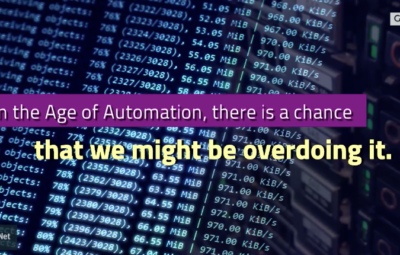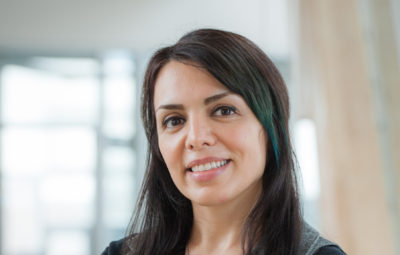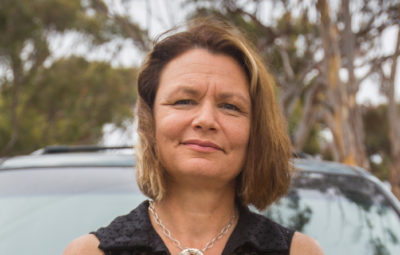How much do we actually know about our gut microbiome? A lot more than we might think, and Gut Instinct is tapping into that. Led by UC San Diego PhD student Vineet Pandey, the project was born when microbiome researchers and Design Lab members thinking about similar research problems chanced upon a potential collaboration.
“When my advisor, Scott [Klemmer], and Director of Center for Microbiome Innovation at UC San Diego, Rob [Knight], shared a ride together in Fall 2015, they started chatting about Rob’s research on the human microbiome and his Coursera class (https://www.coursera.org/
Currently, the American Gut Project, run out of the Knight Lab, receives samples (stool, skin, oral, environmental, etc.) from citizen scientists all over the world, with the overall goal of building as comprehensive of a map of the human microbiome as possible-and making the database of microbiome sequences and associated host metadata freely available for anyone to explore.
“This project is a specific domain in which we can test our ideas of learning and doing useful work. And this was also meaningful for the Knight Lab with whom we are collaborating, because they were discussing ideas to enable people to provide insights from their lifestyle and help understand the gut microbiome data,” says Pandey. “So it was just a really good match!”

Gut Instinct (http://gutinstinct.ucsd.edu/
“Questions and discussion raised by people on Gut Instinct are meaningful for researchers. People’s insights about their own life, in other words, contextual insights, can help researchers understand their gut microbiome data and actually figure out if there are any novel correlations” says Pandey. “As an extremely naive example, say someone adds a question about whether kombucha improves their bowel movements, maybe 100 people answer this question as ‘Yes,” and 50 people say ‘No,” then we can look at their gut microbiome data and figure out if people who said yes and no are actually quite distinct in terms of their gut microbiome. Moreover, people’s discussion comments can provide more specific insights about what happens in their body.”
So far, there have been positive signals that Gut Instinct is a good platform for creating useful scientific questions. “When a test group of people used an early version of Gut Instinct, we found that they raised interesting questions, many of which of which were similar to those in the American Gut Project survey,” explains Pandey. “People raised 29 questions, and 10 of those questions actually matched with the official American Gut survey, meaning that people were thinking of the same topics as leading microbiome investigators were.”
Though Gut Instinct can be thought of as a form of crowdsourcing, Pandey argues that it exceeds that definition. “A lot of scientific work involving citizens asks people to actually look at say, their yard, and count the number of flowers that blossom in every season. Researchers then use that data to generate results about effects of say, climate on blooming” says Pandey. “People can do that, that’s great, and it’s been successful as well, but people can also go beyond and share their own personal insights which they are curious about which can be really helpful for scientists. And we think this can be really useful in a lot of domains where scientists need further insight to figure out what’s going on.”
In terms of design, the team initially went through multiple ideas early on in the prototyping phase.
“Initially, we tried many ideas. For example, we thought it would make sense if people would actually chat with each other in real-time, as compared to asking and answering questions on a forum,” says Pandey. “And that was terrible because when people chat, they have open-ended discussions with a lot of noise – we needed to encourage people to think in more structured ways, Some people are also uncomfortable chatting about personal details, even anonymously on the internet, so a structured question-answer format seemed more suitable: people have control over what they wanted to discuss and researchers can make quick use of people’s insights.”
Ultimately, the collaboration among all members is vital to the success of the project. While Knight and Klemmer were the originators of the project, Pandey has been the engine driving the original idea forward by creating the software with help from UC San Diego undergraduates Brian Soe and Chen Yang and Computer Science Masters student Tushar Koul. All of the work has been done in close collaboration with domain-experts from the Knight Lab: Embriette Hyde, project manager of the American Gut project, and post-doctoral research associates Amnon Amir, Tomasz Kosciolek, and Justine Debelius. Embriette’s expertise with American Gut has been critical in bridging the gap between the Knight lab and the Design lab.
“At every meeting between our two groups I show a prototype, which everyone can provide concrete feedback on or interact with, so that keeps things specific” says Pandey.
Gut Instinct has a clear plan for the upcoming months. “We want to work with participants who have certain ailments, like Inflammatory Bowel Disease, Type 1 Diabetes, and IBS, as well as individuals on the autism spectrum,” says Pandey. “We hypothesize that these specific groups will have specific personal insights, and they will be highly motivated to act as citizen scientists.
The final goal of Gut Instinct is to open it up to the public, which Pandey hopes to accomplish within the next 2 months. Hopefully, then, the project members, as well as the rest of the world, can get one step closer to decoding the gut microbiome.

Follow the Gut Instinct project on Social Media:



